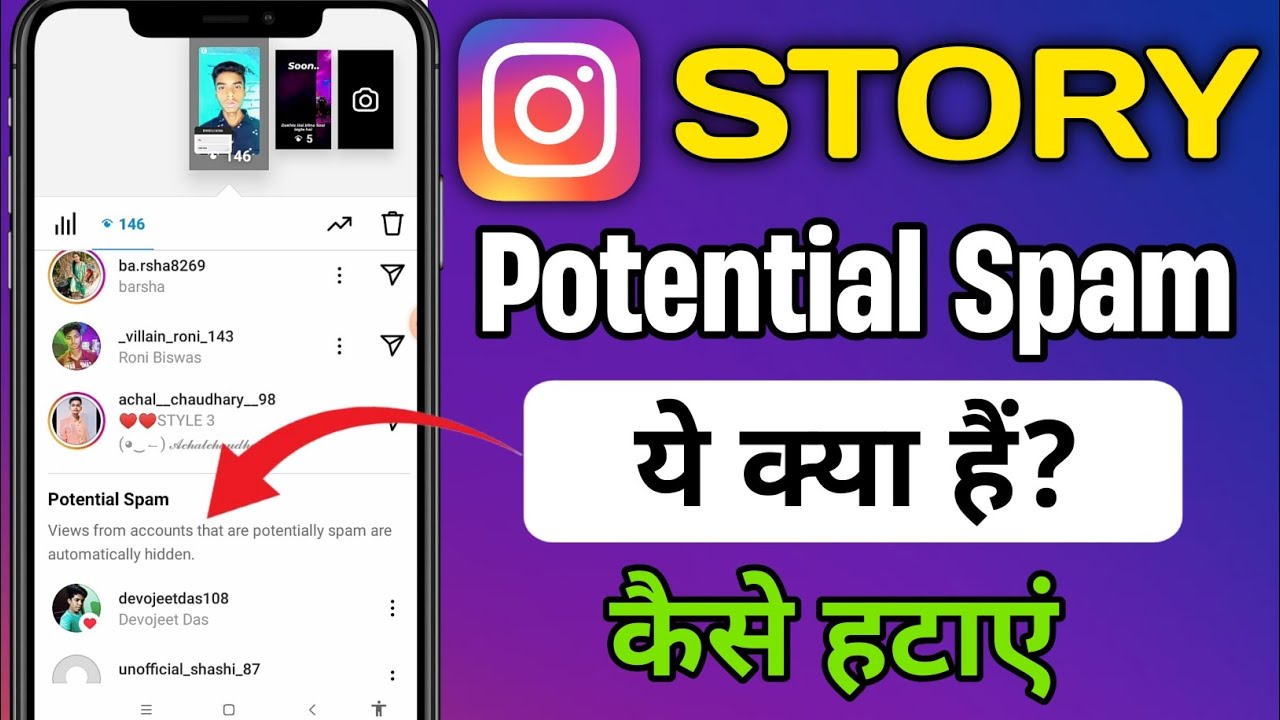What is spam on instagram and how to identify it

Instagram is one of the most popular social media platforms, with millions of users sharing photos, videos, and engaging with one another daily. However, as with any online community, the prevalence of **spam** can be a significant issue that affects user experience. This article delves into what constitutes spam on Instagram, how you can identify it, and effective strategies for maintaining a spam-free environment on your profile. Understanding these elements is crucial for anyone looking to improve their presence on social media.
What is Spam on Instagram?
In the realm of social media, especially on platforms like Instagram, spam refers to unsolicited or irrelevant messages that are typically sent in bulk to promote products, services, or malicious links. It can take several forms, harming not just the targeted users but also the platform’s overall integrity.
The Various Forms of Instagram Spam
Spam can manifest in multiple ways on Instagram:
- Comment Spam: These are irrelevant comments left on posts. They often consist of generic phrases like “nice picture!” followed by a promotional link.
- Direct Message (DM) Spam: Accounts may flood your inbox with promotional messages or scams, trying to trick you into clicking links.
- Follower Spam: Some accounts may follow you only to unfollow you later, often deploying bots to increase their follower count artificially.
- Tagging Spam: Users tagging others in irrelevant posts or pictures either for exposure or to drive unwanted traffic to their profiles.
- Fake Accounts: These are usually bots created to boost follower counts or engage in deceptive practices.
Identifying these patterns is vital not only for your personal user experience but also for ensuring the overall quality of interaction within the Instagram platform.
How to Identify Spam on Instagram
Recognizing spam on Instagram can be challenging, particularly as some methods evolve. Here are some telltale signs to help you spot spam effectively:
1. Unusual Frequency and Patterns
If you notice multiple comments or messages from the same account within a short period, it’s a strong indicator of spam behavior. Typically, legitimate users do not engage this way.
2. Generic and Irrelevant Comments
Spam accounts often leave comments that lack context or meaningful interaction. Phrases such as “Click my link!” or “DM me for a special offer!” are red flags.
3. Suspicious Links
Be wary of any messages or comments that contain links, especially if they are unsolicited. These could lead to phishing sites or pages riddled with malware.
4. Unidentifiable Users
Profiles with very few posts, minimal followers, or default profile pictures are often spam accounts. Legitimate users typically have well-defined identities and interactions.
5. Random Tagging
Sporadic tagging of unrelated accounts in posts can be a tactic to gain exposure and indicate spam behavior.
By implementing these identifiers, you stand a better chance of maintaining a clean and engaging Instagram experience.
Impact of Spam on Your Instagram Experience
Encountering spam can have several negative repercussions on your overall experience on Instagram. Here’s an overview of how spam affects both users and the platform:
1. Decreased User Engagement
When users are inundated with spam, they often become disillusioned, leading to reduced interaction on their posts. This reduction can impact your visibility within the Instagram algorithm, as genuine engagement is a crucial metric.
2. Distrust and Distracted Attention
A spam-filled experience creates an environment of distrust among users. Genuine conversations can get lost and emotional connections you seek to forge may evaporate as users focus more on avoiding spam, rather than enjoying content.
3. Time Wasted
Spending time sorting through spam or reporting accounts detracts from the experience intended by Instagram. Engaging poorly managed accounts can also exhaust your resources for curating quality content.
How to Avoid Spam on Instagram
Maintaining a healthy presence on Instagram requires vigilance against spam. Here are tested strategies to avoid falling victim to spam accounts or accidentally engaging in spammy behavior yourself:
1. Strengthen Your Privacy Settings
Adjust your profile settings to private if you are looking to manage who can see your posts and stories. By doing so, you minimize unwanted interactions from spam accounts, ensuring that only followers you approve can engage with your content.
2. Be Selective with Your Followers
Always check the profiles of individuals who request to follow you. If they appear suspicious, don’t hesitate to reject the follow request or block them altogether. You can also periodically review your followers and remove any that seem spammy.
3. Report Spammy Accounts
Using the “Report” feature on Instagram not only helps to eliminate spam accounts but also contributes to a healthier ecosystem for users in general. Reporting inappropriate content assists Instagram in adjusting its algorithms and policies.
4. Create Authentic Content
The best defense against spam is creating authentic content that resonates with real users. Genuine interaction encourages engagement from a loyal audience, which naturally minimizes the impact of spam behaviors.
5. Stay Informed
Familiarize yourself with the latest trends and tactics used by spam accounts. Staying updated enables you to recognize new methods and strategies, ensuring your Instagram experience remains secure and enjoyable.
The Role of Instagram’s Algorithms in Fighting Spam
Instagram employs a variety of algorithms designed to analyze user behavior and reduce spam prevalence on the platform. Understanding these algorithms can give you a deeper insight into how spam operates and how it can be countered:
1. User Interaction Metrics
The Instagram algorithm prioritizes posts based on user interactions. If spam accounts engage with posts but lack genuine interactions, the system can identify these patterns and adjust visibility accordingly.
2. Reporting and Monitoring
When users report spam, the system tracks these actions. An uptick in reported accounts prompts further scrutiny, allowing Instagram to take punitive measures against spam accounts.
3. AI and Machine Learning
Instagram uses artificial intelligence (AI) and machine learning technology to identify spammy behaviors and accounts. These evolving practices mean that the application is continually adapting to new spam tactics.
Through these methods, Instagram aims to foster a community focused on meaningful interaction and quality content, rather than the noise generated by spam-related activities.






